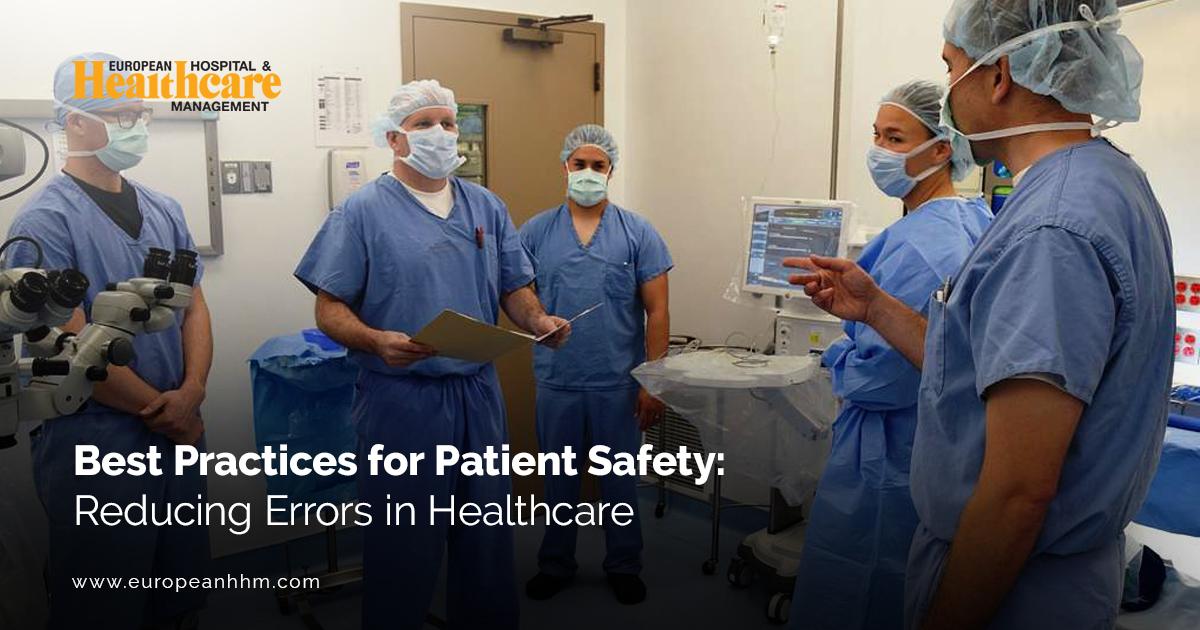Notifications
3 minutes, 25 seconds
-13 Views 0 Comments 0 Likes 0 Reviews

Medical institutions must address healthcare safety through formal strategies because this stands as a vital healthcare need to eliminate errors. This article examines proven healthcare practices which involve effective communication systems and medication safety measures and infection control as well as technological integration and safety culture development. These practices promote better patient results while reducing surgical risks to provide both safe and errorless medical care to patients.

Quality healthcare services depend fundamentally on maintaining safe care for patients. The various types of healthcare mistakes that include both incorrect medical diagnoses and medication mistakes and surgical errors and hospital-based infections represent major threats for both patients and healthcare providers. The World Health Organization (WHO) identifies unsafe care as a major contributor to worldwide death and disability incidents that rank among the top ten such causes. Healthcare providers need to execute proven error reduction methods because these methods improve patient results and increase system operational efficiency as well as generate public healthcare confidence.
The achievement of safe patient care relies heavily on both excellent teamwork and effective communication methods. Healthcare errors mostly occur because healthcare staff, patients, and caregivers lack clear communication with one another. The standardized tool SBAR (Situation, Background, Assessment, and Recommendation) provides a structure when exchanging important healthcare information, which reduces mistaken meaning. The patient safety benefit of closed-loop communication arises from how it helps healthcare providers verify their instructions through repetition. Standardized handoff procedures help maintain the consistent transfer of important patient data from one shift to another and between different clinical departments. The practice of open dialogue in healthcare facilities enables staff to disclose both mistakes and near-miss events without facing punishment. Professional integration between physicians and nurses together with other healthcare staff members leads to improved coordination, which results in better patient outcomes.
Medication administration faults compose a major portion of incidents that could have been avoided. Standardization of medication administration procedures reduces risks during healthcare practice. Barcoded medication administration (BCMA) systems use barcodes to confirm patient identification combined with medication information, which minimizes medication errors by humans. Computerized physician order entry (CPOE) systems reduce prescription errors by removing the need for physicians' handwriting and misreading of prescriptions. The high-risk medication double-check process provides additional assurance against mistakes. It helps to achieve both accuracy and protection against inappropriate dosing.
Explore more: https://www.europeanhhm.com/articles/best-practices-for-patient-safety-reducing-errors-in-healthcare
.HealthCare Healthcare and Hospital patient safety europeanhhm

